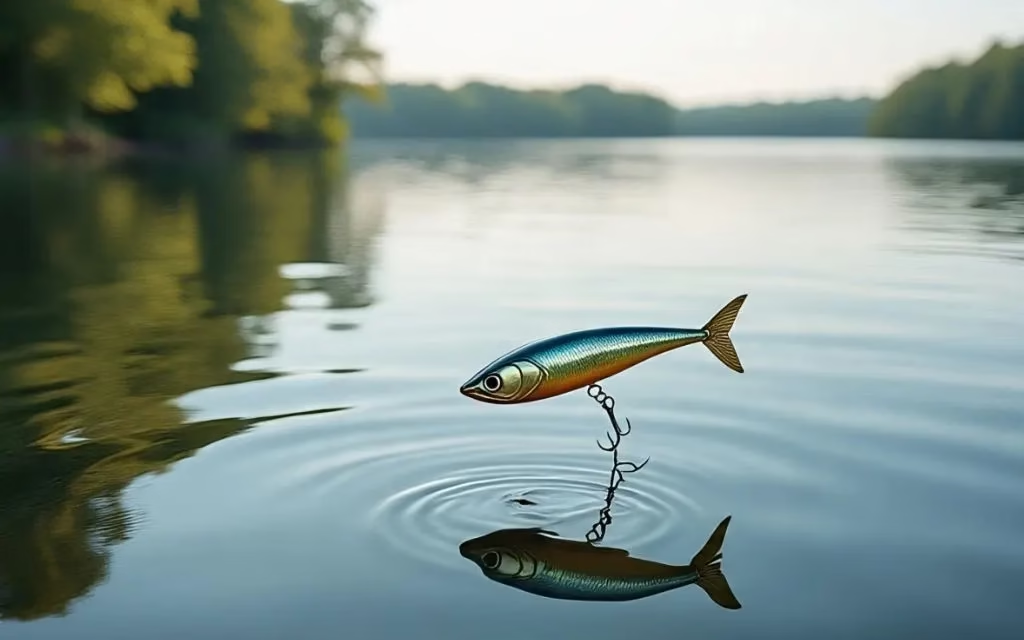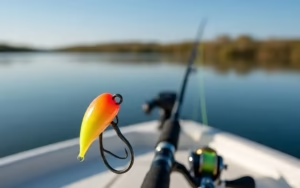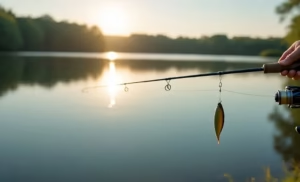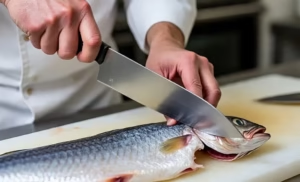If you really want to catch bass, you’ve probably heard about glide baits. These big, single-jointed swimbaits have completely changed how people try to catch trophy bass. For years, I’ve been a big bass fisherman. I always try to learn more about how these fish act, eat, and move around during the different seasons. The glide bait is one bait that has always impressed me. It not only catches big fish, but it also changes the way you think about how fish act, especially when you use modern technology like forward-facing sonar.
In this complete guide, I’ll explain everything you need to know about glide baits, such as how they attract fish, how size and profile matter, how quickly they sink, and why they are the best search bait. I’ll also share some things I’ve learned from my own experience using these baits in different situations.
What Makes Glide Baits Different
Glide baits are different from regular lures because they look like big baitfish and swim slowly from side to side, which drives big bass crazy. They don’t catch as many fish as a crankbait or worm, but the ones you do catch are usually worth bragging about. I’ve learned how strong these baits can be over the past few years, especially when using forward-facing sonar.
The Attraction of Glide Baits
One of the first things you’ll notice about a glide bait is that it can pull fish from a long way away. This is what fishermen call “drawing power.” When fishing in clear water where you can see well, bass can see these big shapes from a long way away and will often swim 15 to 20 feet just to see what they are. That’s a big deal because most regular lures don’t get that much attention.
I was amazed by what I saw when I first put glide baits and forward-facing sonar together. Bass that were resting on cover would suddenly become aggressive and swim a long way to check out the bait. This confirmed what many experienced swimbait fishermen already knew: big baits get a lot of attention.
Why Size and Profile Matter
The size of your glide bait has a big effect on what kind of fish you catch. There isn’t a one-size-fits-all rule, but here’s what I’ve learned from years of trying things out:
6–7-inch glide baits: These tend to catch more fish, and they’re great for places where there are a lot of 2–4 pound bass.
The profile is also important. Thinner, more streamlined baits are better for catching average-sized bass. Big, bulky baits with a realistic finish are better for catching really big fish. When I’m fishing in Texas or Florida, I don’t mind using a 10-inch bait. But I only use a 6-inch bait in smaller fisheries to keep the bites coming.
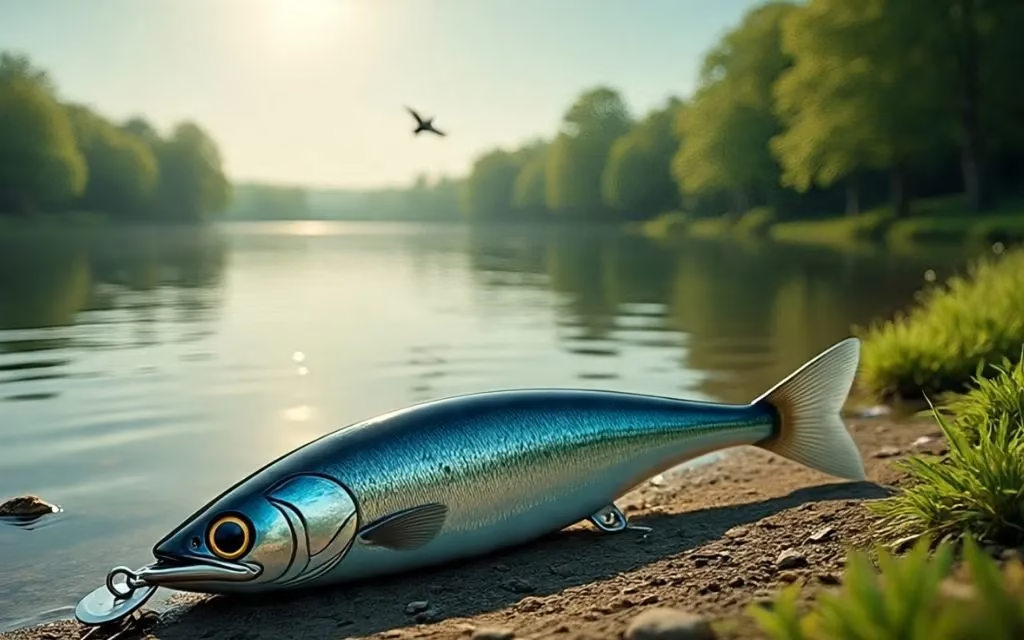
The Hidden Secret of Glide Baits: Sink Rate
The sink rate is another important thing to think about when picking a glide bait. I never thought much about this before forward-facing sonar, but it makes a big difference, especially when fishing in deeper water or offshore.
In shallow water, a glide bait that sinks slowly or stays in place is best. It stays just below the surface and glides smoothly over plants or other shallow cover that are underwater without getting stuck. The MM26 Herring Glide is one of my favorite choices here. It has a thin profile and sinks slowly, making it great for shallow work.
When I want to catch fish in 8 to 15 feet of water, I use a bait that sinks quickly, like the Spro KGB Chad Shad. This bait sinks quickly, which makes it easy for me to get to deep brush piles and other structures offshore. What do you have to give up? You have to move the bait faster to make it look real, which isn’t always good for picky fish.
Use Glide Baits to Search
People don’t give glide baits enough credit for being able to act as search baits. Even when fish aren’t biting, they often can’t help but follow a big glide. This makes them great for looking for new water or getting ready for tournaments. You might not catch every follower, but you’ll quickly find spots where there are good fish.
A few casts with a glide bait can tell you if there are fish in the area when you’re fishing brush piles or docks. Bass that are hiding in thick cover will often come out to look at the bait, which will give you useful information for later in the day.
My own experience with glide bait
One day on a lake in Auburn, Alabama, I’ll never forget. It was the middle of February, and the fish were getting ready to spawn. I was fishing with a friend from Arizona named Carty Shoen, who is really into glide baits. Before that, I didn’t believe in big swimbaits, but Carty was determined to show me I was wrong.
We worked a shoal where I had caught 20 small bass with a jerkbait before. Not more than 2 pounds. Then Carty grabbed a Deps Slide Swimmer 250, which is a big glide bait, and made a long cast. A 6-pound bass came out of nowhere and smashed it just a few seconds later. That moment changed everything for me. I learned that big fish sometimes need big presentations, so glide baits are now a permanent part of my fishing gear.
Why Every Fisherman Should Use Glide Baits
It’s not about how many fish you catch when you use glide bait; it’s about how big they are and how exciting they are. Seeing a big bass follow, track, and then crush a glide bait is the most exciting thing ever. You might not get a lot of bites, but the ones you do get will make your day. Using glide baits with forward-facing sonar is also a great way to learn. You’ll learn things about how fish behave that no other bait can teach you.
Last Thoughts
If you want to get better at bass fishing, buying some good glide baits is a no-brainer. Start with a size that can be used for many things, like 6 to 7 inches. Try different sink rates, and don’t be afraid to throw something big when you’re looking for a trophy. This isn’t just bait; it’s a plan that could change the way you fish for good.

